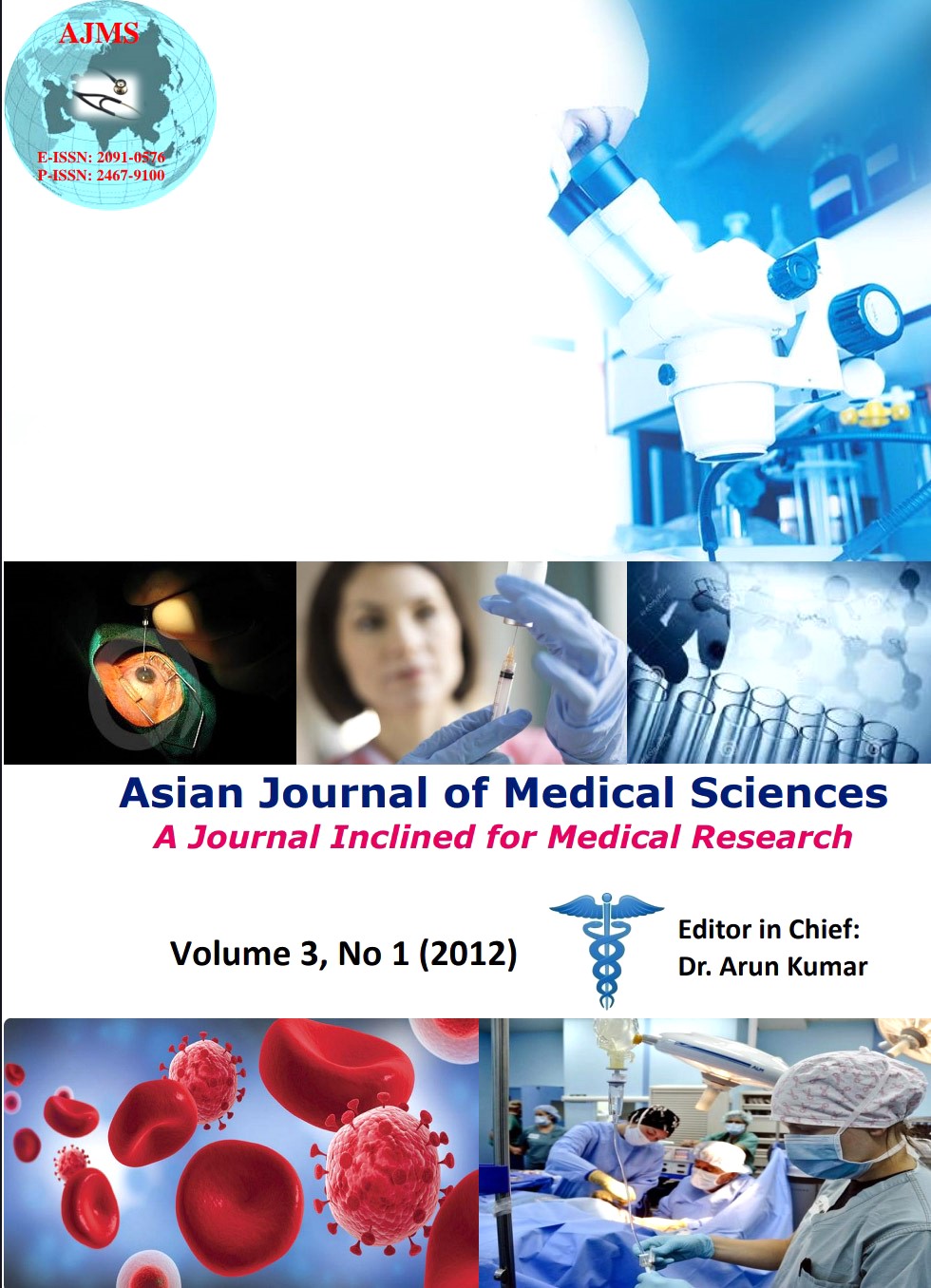Duration of Use of Computer as Risk Factor for Developing Back Pain among Indian Office Going Women
Keywords:
Backpain, BMI, Age, Years of service, Computer use.Abstract
Introduction: The study was designed to investigate back pain among working women in one of the largest Research and Development Organization in India and identify occupational factors associated with lower back pain by means of a survey of female employees.
Methods: This study investigated the relative risk of whether different age groups, job types, body mass index (BMI), years or service, screen viewing distance, self perception of comfort level and duration of use of computer have a bearing on the occurrence of back pain and if such risk factors aggravate cases of back pain.
Results: In the unadjusted table, there was a statistically significant chance of developing backpain as the age increases (odds ratio) OR 1.56, 95% (confidence interval) CI (1.030 - 2.372), however, after adjusting for the other co-variates, this chance was not of significance. Job types, body mass index (BMI) >30 (OR >1 (0.802-1.877), years of service and screen distance OR >1 (0.96-1.745) all showed a positive association with back pain though the p values were not of statistically significance. In the adjusted table, for those who use the computer daily at the workplace for more than 6 hours, there was a statistically significant association for this group of developing back pain as compared to the first group i.e. those who work for 0-2 hours, as shown by OR 1.79, (1.123 - 2.864).
Conclusion: The present study indicated that backpain is present in as much as about 25.3% of the study population. For those who use the computer >6 hours daily, there was a statistically significant chance of developing backpain.
DOI: http://dx.doi.org/10.3126/ajms.v3i1.5567
Asian Journal of Medical Sciences 3(2012) 6-12
Downloads
Downloads
Published
How to Cite
Issue
Section
License
Authors who publish with this journal agree to the following terms:
- The journal holds copyright and publishes the work under a Creative Commons CC-BY-NC license that permits use, distribution and reprduction in any medium, provided the original work is properly cited and is not used for commercial purposes. The journal should be recognised as the original publisher of this work.
- Authors are able to enter into separate, additional contractual arrangements for the non-exclusive distribution of the journal's published version of the work (e.g., post it to an institutional repository or publish it in a book), with an acknowledgement of its initial publication in this journal.
- Authors are permitted and encouraged to post their work online (e.g., in institutional repositories or on their website) prior to and during the submission process, as it can lead to productive exchanges, as well as earlier and greater citation of published work (See The Effect of Open Access).




